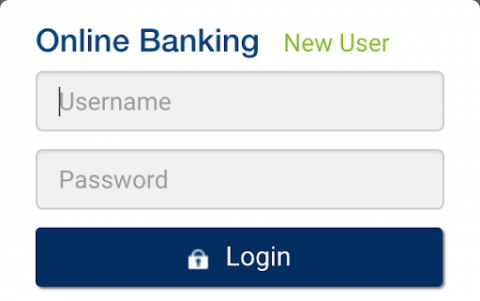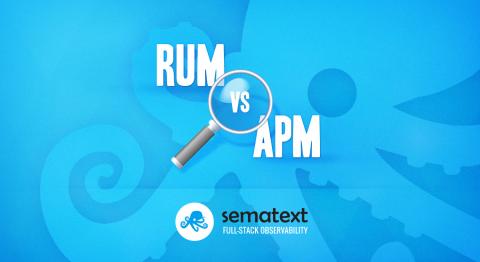Operations | Monitoring | ITSM | DevOps | Cloud
%term
Rethinking UX for AI-driven Alerting
I’ve been designing monitoring tools for almost 10 years now, and in that time a lot has changed. The infrastructure we build software on, for example, has been transformed multiple times—moving first from physical hosts to VMs in the cloud, then from VMs to containers, and now from containers to serverless and cloud service-based infrastructure.
10 Tips for a Smooth Transaction Check
A Transaction Check is designed to run through a specific set of instructions and test certain elements on your site. The check interacts with clickable objects or text fields, and can test important elements like: Shopping carts, Login forms, and Landing pages. Before you begin configuration of a check, it’s helpful to run through this list of potential items you need.
Getting Your Feet Wet with the Logz.io API
API access is available at the Enterprise tier of our product. With it, you can create a whole range of heavily customized use cases to further expand our suite of offerings. For example, you can hit our API to send customized query results to a third party service like Nagios, or you can automate the creation and deletion of sub-accounts.
Leverage the Power of Opsgenie and Dynatrace Together, Learn More: Visit us at Dynatrace Perform 2019
Dynatrace Perform is an event in Las Vegas January 28-30, that gathers folks in the cloud and software spaces looking to network, be inspired, and release better software, faster. As a Silver sponsor, Atlassian will have a booth staffed by members of the Opsgenie team, ready to talk to you about how Opsgenie's Dynatrace integration can lead to a faster MTTA (mean time to acknowledge) and reduced MTTR (mean time to respond) for your enterprise or medium business.
Preparing for Browser Automation by Using Web Developer Tools to Identify HTML Elements
In a separate article, we introduced the concept of performing synthetic transactions with LogicMonitor. An obviously crucial step of that process is actually scripting the automation. You can have all the right automation tools installed but how do you get started with the actual script? This article will help illustrate some of the preparation needed for developing a browser automation script.
Research shows productive teams do these 3 things
101 More Security Best Practices for Kubernetes
This article analyzes the recent CNCF article, '9 Kubernetes Security Best Practices Everyone Must Follow' and discusses how Rancher, RKE, and RancherOS satisfy these by default. I also discuss the Rancher Hardening Guide, which covers 101 more security changes that will secure your Kubernetes clusters.
RUM vs. APM: How They're Similar and Different
RUM and APM are two important acronyms to know if you work in software development or DevOps today. Moreover, not only is it important to be able to define RUM and APM — It’s also critical to understand the similarities and differences between each type of software monitoring process.
Battle of the Automation Servers: Jenkins vs. Bamboo vs. TeamCity
In many product development workflows, there are three main concerns: building, testing, and deployment. In this scenario, every change that is made to the code means something could accidentally go wrong, so to lessen the likelihood of this happening, developers assume many strategies to reduce incidents and bugs. One strategy is to adopt continuous integration tools (CI): used together with a source version software to verify if something has gone wrong for every update.











